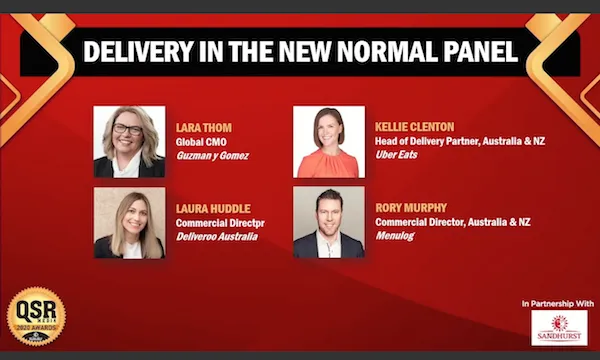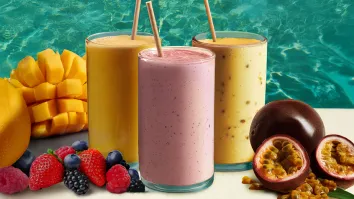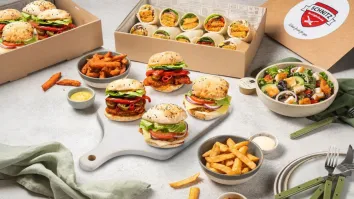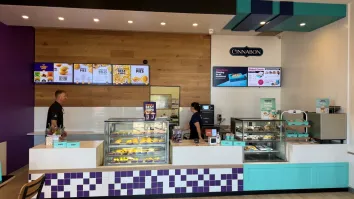
How the pandemic reshaped consumer habits, as told by delivery experts
Menulog, Deliveroo and Uber Eats discuss the surge in particular dayparts.
The accelerated increase in delivery orders due to the pandemic has revealed a reshaping of consumer habits, a panel of executives explained during the QSR Media Sandhurst Conference & Awards.
Deliveroo Australia commercial director Laura Huddle revealed a surge in lunchtime orders and bulk orders being made on the platform.
“From that perspective, we’re also seeing a lot of restaurants adjust their menus to introduce bundles, other offers and even larger-scale meals that include starters and desserts,” she said.
Uber Eats ANZ delivery partner head Kellie Clenton echoed this, describing lunch as a “hot” occasion, but also said two other categories are “soaring” on their app.
“We’re up nearly a hundred per cent from the same time last year on breakfast and brunch,” she said. “People are looking to bring their pleasure into life wherever they can.”
Menulog ANZ commercial director Rory Murphy believes these accelerated consumer changes are the new norm, not expecting habits to revert back to pre-pandemic levels.
“Lunch time has been a really big ticket for us,” he said. “We think this really unique period has accelerated a number of consumer changes that probably would have happened anyway.”
Guzman y Gomez, the lone quick-serve chain during the panel that has partnerships with all three aggregators, also observed a shift in the quantity of orders and when they would order it.
“Their usual Friday night out is now their Friday night in, that’s the biggest differentiator for us,” global chief marketing officer Lara Thom said. “There’s also a big move from Fridays to Saturdays as well. We’ve really seen delivery build across that weekend daypart where Friday lunch (occasions) used to be massive, Friday dinner (occasions) are even bigger and it just builds throughout the weekend. Their entire social ecosystem has changed and we have seen eating habits changed as a result of that.”
Varied takes on virtual brands, dark kitchens
On virtual or dark kitchen-type brands, Deliveroo expects more QSRs to leverage this particular channel to fill maximise resources without adding to costs.
“I think it’s less about adding in new ingredients; it is looking at what you have available today in your kitchen and how it could help to serve a need or fill a gap to consumers that do not exist in your area,” she explained.
Whilst Clenton said Uber Eats would “absolutely” support partners who would want to explore that route.
“We’re here to support them through creating awareness...and branching out into other delivery modalities such as [a] “bring-your-own courier” [model],” she said. “No plans for us other than to support our restaurant partners...giving them choice and control as to how they interact with our platform.
Thom ruled out Guzman y Gomez having a virtual brand, explaining that “brand is everything” to the Mexican chain.
“There’s too much white space for GYG to develop as a brand,” she said. “Growth is probably our biggest focus at this point. Partnering with delivery partners into regions across Australia far and wide is definitely our focus.”
Seeing an influx of restaurant partners in their platform, Murphy also stressed the importance of strong partnerships between chains and delivery platforms during this stage.
“When we have those partnership-oriented relationships, that’s when we’re doing our best work,” he said. “It’s when it’s adding the most value to both the QSR partner and Menulog but more importantly, to the customers. And that’s really where the focus has been.”
(Were you a registrant at the QSR Media Sandhurst Conference & Awards: A Virtual Event? Replay the panel by going to qsr.webcastcloud.com.)
























